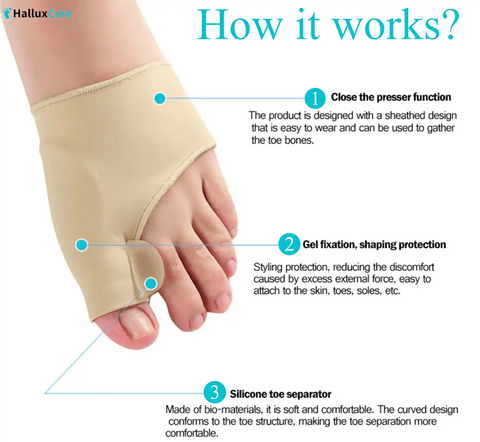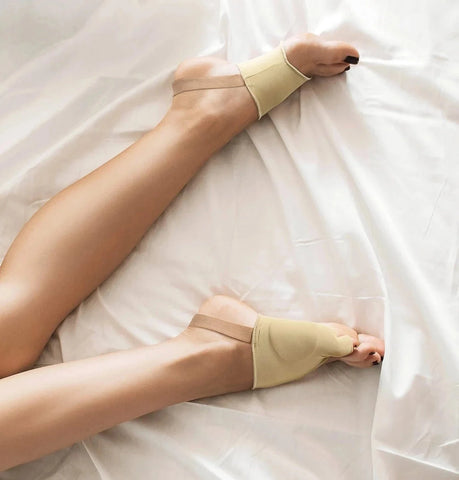What is the best treatment for your bunion?
The quick answer is – it depends. Options vary depending on the size and symptoms you are experiencing.

If nonsurgical treatment is not effective enough, then surgical treatment can be considered. Surgery is considered as a last resort. It is generally an option only when the symptoms are severe and have not improved with conservative forms of treatment, such as nonsteroidal anti-inflammatory drugs (NSAIDs), injections, significant shoe wear changes, medical-grade sleeves. But In most cases, non-surgical treatments are the best treatments for bunions.
Non-surgical Treatments
-
Changing shoes
One of the biggest causes for bunions are tight-fitting shoes.
People who wear this type of shoes - too narrow/tight (e.g., high-heels, dress shoes) are more likely to develop bunions.
Wear roomy, comfortable shoes with a low heel and soft sole that provide a lot of space for your toes. This works the best on early-stage bunions, when they haven’t developed much yet.
Prevention score: 9/10
Pain relief score: 4/10
Long-term solution: 9/10 (combined with e.g., sleeve)
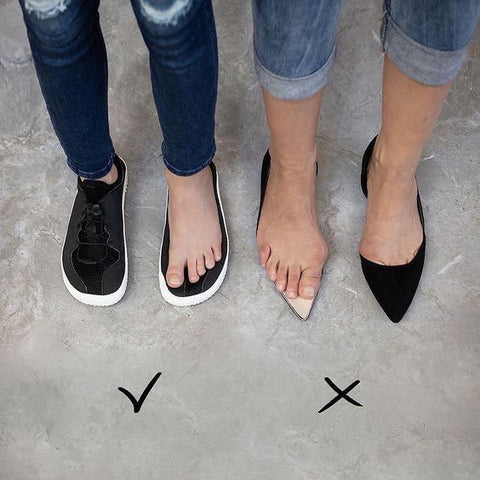
-
Orthopedic Bunion Pain Relief & Correction Sleeves With Silicone Gel Protection Pads
One of the most effective & podiatrist-recommended ways to treat bunions are orthopedic sleeves with silicone gel pads, specifically designed by professionals, in consultation with surgeons, to release built up pressure & pain in your toes, stop the bunion from progressing to worse conditions, eliminate daily swelling, chronic pain, inflammation, prevent blisters, calluses, corns and get you back on your feet fast without any discomfort.
Prevention score: 9/10
Pain relief score: 10/10
Long-term solution: 10/10
Wear it around the house during normal daily activities or in bed while asleep as a night sleeve. They are great for walking, running and people who like to stay active. They slip onto the foot like a sock and can be worn in shoes, socks, barefoot all day for maximum comfort, correction and pain relief.
-
Medications
Common painkillers might work as a short-term solution. Paracetamol, Acetaminophen, ibuprofen can help control the pain of a bunion.
Prevention score: 1/10
Pain relief score: 9/10
Long-term solution: 1/10
-
Steroid Injections
Cortisone injections, also called steroid injections, are also used to treat bunions. The injections comprise a local anesthetic and corticosteroid medication. Steroid injections can relieve your discomfort temporarily by reducing inflammation. Typically, steroid injections are not given more often than every six weeks, and usually not more than four times a year.
Prevention score: 1/10
Pain relief score: 5/10
Long-term solution: 1/10
-
Maintaining your weight
Getting at least 30 minutes of exercise daily and having a balanced diet will maintain a healthy lower weight, reducing the amount of pressure against your feet and the bunion.
Prevention score: 8/10
Pain relief score: 2/10
Long-term solution: 9/10
-
Massage and applying ice
Regular icing and massage of the bunion can help relieve soreness and swelling. Make a cold compress using ice wrapped in a clean cloth and apply the cold compress to the forefront below the bunion region. Never apply ice to the toes as it may result in frostbite. This is a safe, cost effective process which will diminish the discomfort caused by bunions.
Prevention score: 4/10
Pain relief score: 9/10
Long-term solution: 3/10
-
Massage with Olive Oil
Regular olive oil massages are extremely powerful tool on your way to reduce even big bunion issues. It increases the blood flow to the toes.
Olive oil helps to reduce the bunion pain as well as boosts anti-inflammatory properties.
Moving the fluid will make the joints easier to move and help to decalcify the bunion.
Warm some olive oil, apply a few drops of it to your foot, around bunion and toes. Massage it for around 15-20 minutes. For the best effects do it twice a day. You should notice first results after one week.
Prevention score: 4/10
Pain relief score: 9/10
Long-term solution: 3/10
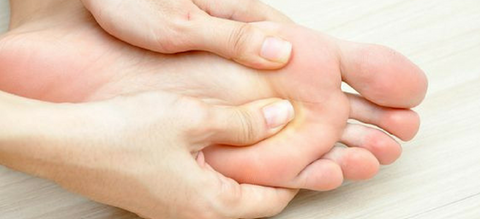
-
Massage and/or wraps with Castor Oil
Castor oil has antioxidant and antimicrobial properties. It’s reach of anti-inflammatory properties. That’s makes castor oil extremely powerful and effective in reducing swelling and bunion pain.
You can use castor oil for foot massage in the same way you’d use olive oil.
The other way is wrapping your foot with castor oil. Warm around 75 ml of the oil. Dip a piece of cloth in the warm oil and place it on your feet – around the bunion. Wrap your foot with towel or a bandage. Keep it for around 15-20 minutes. For the best effects repeat the process twice a day.
Prevention score: 4/10
Pain relief score: 9/10
Long-term solution: 3/10
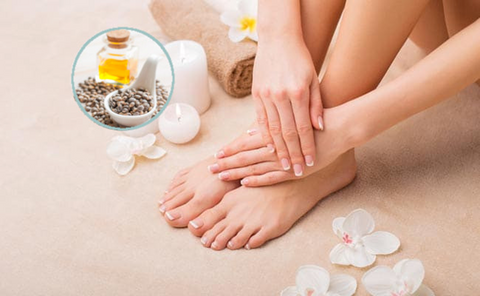
-
Soaking feet in Epsom Salt
Epsom salt has been used for thousands of years as a healing agent and pain reliever. It contains magnesium sulphate which minimizes inflammation and pain.
How to use it:
Fill your bathtub or a basin with warm water. Add around 100-150g(half cup) of Epsom salt to the water. Soak your feet for 20 to 60 minutes. You can repeat the process every day.
You can add a few drops of essential oil of your choice (my favorite ones are lavender, peppermint and eucalyptus) to your foot bath.
Prevention score: 4/10
Pain relief score: 9/10
Long-term solution: 3/10
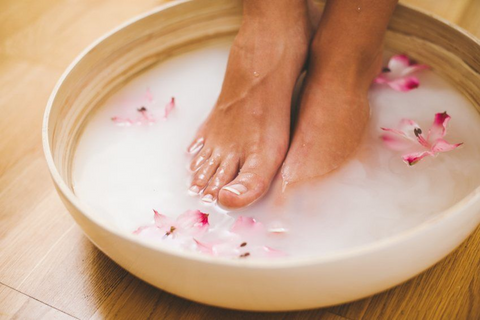
-
Foot Exercises
Lack of stability in joints, ligaments and tendons also causes bunions, performing foot exercises can make it structurally strong, flexible and secure. We prepared a few exercises that can help delay the progression of the bunion and prevent surgery. Learn more about the exercises here.
Prevention score: 8/10
Pain relief score: 2/10
Long-term solution: 9/10
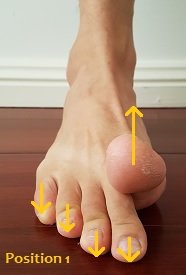


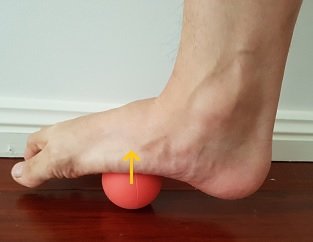
Surgical Treatments
If non-surgical treatment doesn't ease your symptoms, you might need surgery.
Surgical treatment for bunions can be done as single or in combination. E.g.-
- Removing the swollen tissue from around your hallux valgus,
- Straightening your big toe by removing part of the bone
- Realigning one or more bones in the forefoot to a more normal position to correct the abnormal angle in your big toe joint
Are there any risks to bunion surgery?
The patient should be aware that there are many risks associated with bunion surgery. The most common complications include:
- Bunion recurrence ( coming back ).
- Incomplete removal of the bunion.
- Removal of screws is another surgical procedure and requires weeks in a protective boot.
- Swelling & Pain remains for months.
- Despite the use of the latest plates and screws, bunion surgical operations has the highest nonunion (bones not healing) rate.
- After surgery, added stress on the joints make running less comfortable.
- Development of arthritis.
- Symptomatic or painful hardware.
- Nerve damage.
More serious, but fortunately less common, complications include:
- Wound Infection, inflammation, bleeding.
- Problems healing the incisions.
- Clots in the legs.
- Problems healing the bones.
Surgery can be a great option—but only when it's truly necessary. we always encourage our patients to exhaust conservative treatment options first. In general, only healthy patients without serious medical problems should be considered for bunion surgery.



